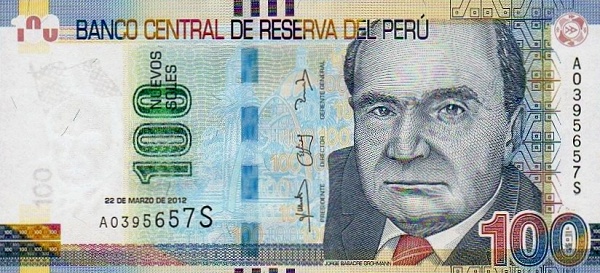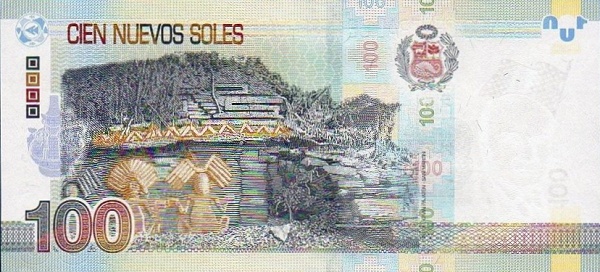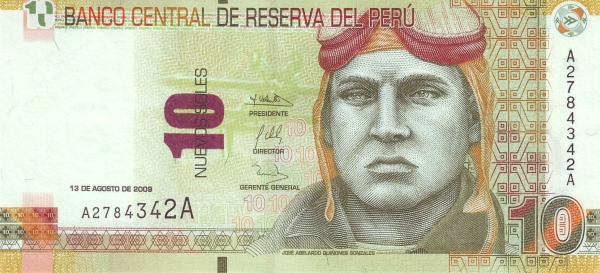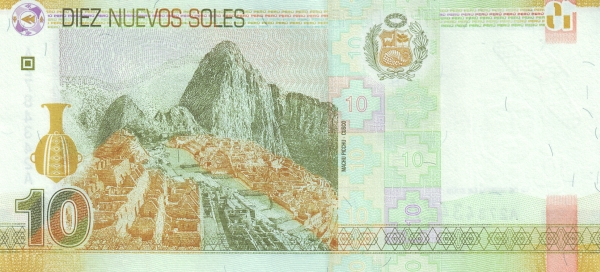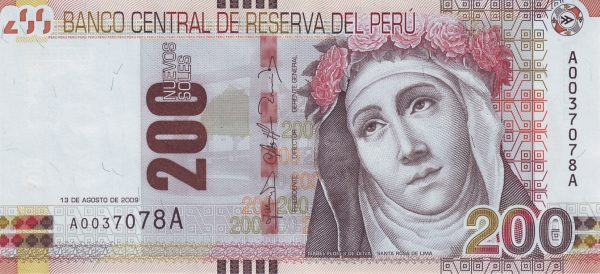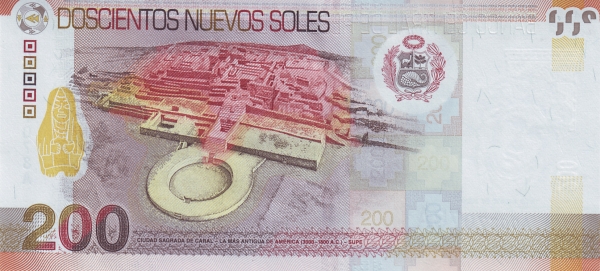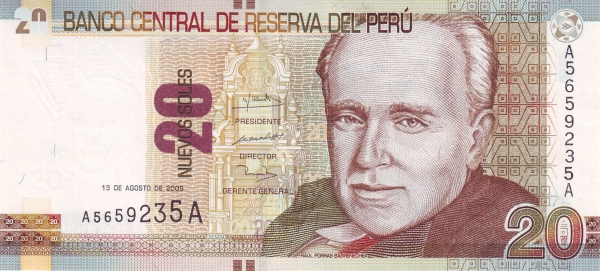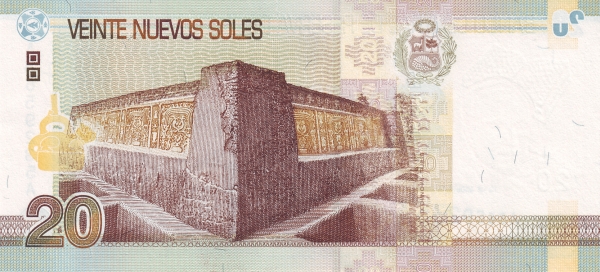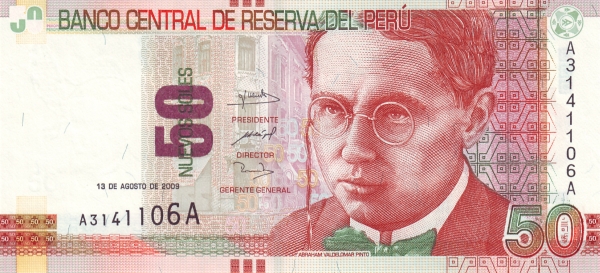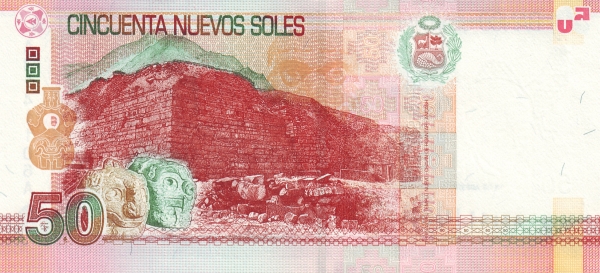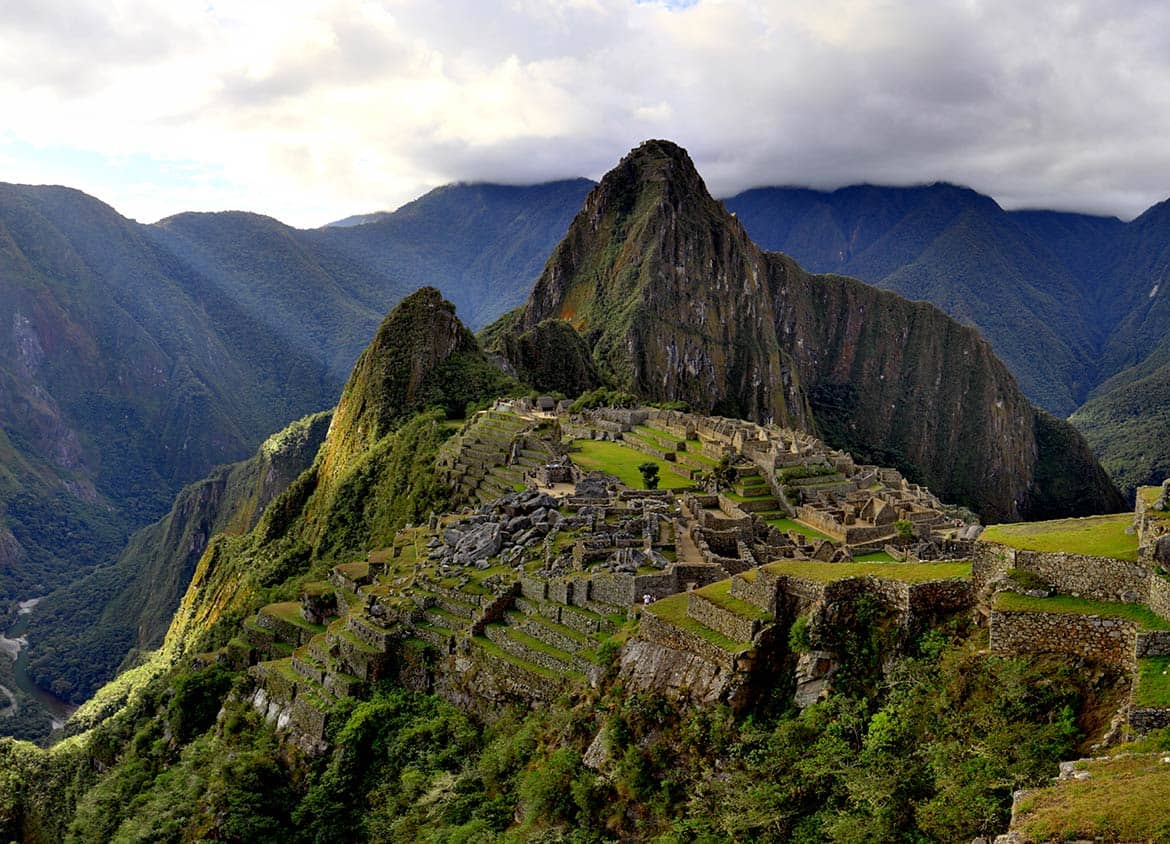Exploring the Splendor of Peru: A Jewel in South America
Peru, a fascinating country located in western South America, boasts a rich tapestry of cultures, languages, and landscapes. Spanning a remarkable 2,400 kilometers along the South Pacific coast, it shares international borders with Bolivia, Brazil, Chile, Colombia, and Ecuador. This unique geographical positioning not only influences its climate but also its diverse ecosystems. Covering approximately 1,285,216 square kilometers, Peru stands as the third-largest nation on the continent, surpassing Spain's landmass by 2.5 times and slightly smaller than the expansive state of Alaska.
A Diverse Geographical Landscape
The Peruvian landscape paints a vivid picture, divided into three primary regions: the coast (costa), the highlands (sierra), and the jungle (selva). The coastal region runs parallel to the Pacific Ocean, offering stunning beaches and a rich marine ecosystem. Transitioning inland, the highlands rise into the majestic Andes mountain range. This region features breathtaking peaks like Mount Huascarán, which towers at an altitude of 6,768 meters (22,205 feet). This high altitude region, known as the Andean Plateau or Altiplano, presents an extraordinary habitat for unique flora and fauna.
Further east lies the lush selva, which encompasses part of the Amazon rainforest. Here, biodiversity flourishes, providing a home for countless species of plants and animals. Interestingly, more than half of Peru’s territory is covered by this expansive jungle, highlighting the significance of conservation efforts. During your exploration of Peru, the contrast between these distinct environments can be staggering and captivating.
Cultural Melting Pot
Peru's population, estimated at 34.2 million inhabitants as of 2024, reflects a rich cultural heritage. While Spanish is the predominant language, spoken by over 80% of the population, other languages such as Quechua and Aymara also hold official status. This linguistic diversity signifies the country's historical amalgamation of different cultures, particularly indigenous peoples and European influences from the time of the Spanish conquest. Notably, the majority of Peruvians profess Christianity, with Roman Catholicism being the most prevalent denomination.
A Glimpse into History
Delving into the history of Peru reveals a land that once flourished under the incredibly advanced Incas. This ancient civilization, recognized for its architectural prowess and agricultural innovations, laid the foundations for much of the country's rich cultural heritage. The Spanish conquistadores captured the Incan Empire in 1533, marking the beginning of significant changes in the region. Following years of colonial rule, Peru proclaimed its independence on July 28, 1821. However, it took until 1824 for Spanish forces to be successfully expelled. The subsequent years saw periods of military rule followed by democratic leadership, experiencing oscillations between progress and turmoil.
Modern Politics and Governance
Today, Peru operates as a constitutional republic, as outlined in its current constitution ratified on December 31, 1993. The political landscape has seen a mix of leaders, with Alejandro Toledo emerging as the new president in 2001 after a caretaker government took charge following Alberto Fujimori's controversial resignation in 2000. Recently, Pedro Pablo Kuczynski narrowly defeated populist campaigns to become president in June 2016. His tenure reflects the ongoing complexities of Peruvian politics as it navigates economic and social challenges.
Economic Landscape
Peru's economy, known for its mining and agricultural productivity, continues to grow, with a real GDP per capita estimated at $15,100 in 2023. The diverse ethnic composition of Peru contributes to a vibrant economy, with mestizos constituting around 60% of the population, followed by 26% indigenous peoples. This blend establishes a unique work culture where traditional practices intertwine with modern economic activities.
Rich Natural Resources
Natural resources form the backbone of Peru's economy. The nation's wealth in minerals includes copper, silver, and gold, which significantly contribute to its export market. Additionally, Peru's fishing industry thrives, supported by its extensive coastline along the Pacific. The agricultural sector plays an essential role, producing cherished commodities like coffee, potatoes, and diverse fruits, thanks to the favorable climate conditions across various regions.
Exports and Trade Partners
Peru's major exports consist of copper, gold, lead, and zinc, with China being the predominant export partner, accounting for 30% of total exports as of 2022. Meanwhile, the nation imports a range of goods, from petroleum and machinery to chemicals. The trade partnerships reflect not only economic ties but also Peru's increasingly global market presence.
A Land of Festivals and Gastronomy
Beyond its economic and geographical significance, Peru is celebrated for its vibrant festivals and culinary landscape. The nation hosts numerous festivals throughout the year, each showcasing its rich heritage, music, and dance, drawing visitors from all corners of the globe. Moreover, Peruvian cuisine has gained international acclaim; the fusion of Indigenous ingredients with European flavors creates a unique gastronomic experience. Dishes such as ceviche, lomo saltado, and causa highlight the diversity of Peru's culinary traditions.
Conclusion: Why Visit Peru?
Peru's unique blend of geography, history, culture, and culinary delights makes it an extraordinary destination for travelers. Whether you are trekking through the Andes, exploring the historical depths of Machu Picchu, or savoring local delicacies, discovering Peru offers an unparalleled experience. Thus, it is no wonder this captivating country draws enthusiasts from around the world, eager to immerse themselves in its wonders.
Largest cities of: Peru
| City Name | Population | Year of foundation | |
| Lima | 9,750,000 | 1535 | |
| Arequipa | 1,000,000 | 1540 | |
| Callao | 1,000,000 | 1537 | |
| Trujillo | 900,000 | 1534 | |
| Chiclayo | 600,000 | 1530 | |
| Piura | 500,000 | 1532 | |
| Cusco | 430,000 | 1438 | |
| Iquitos | 400,000 | 1864 |
Peru: Money
